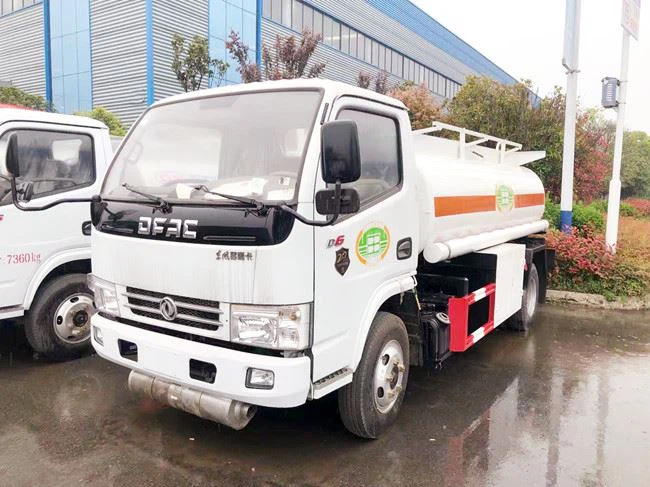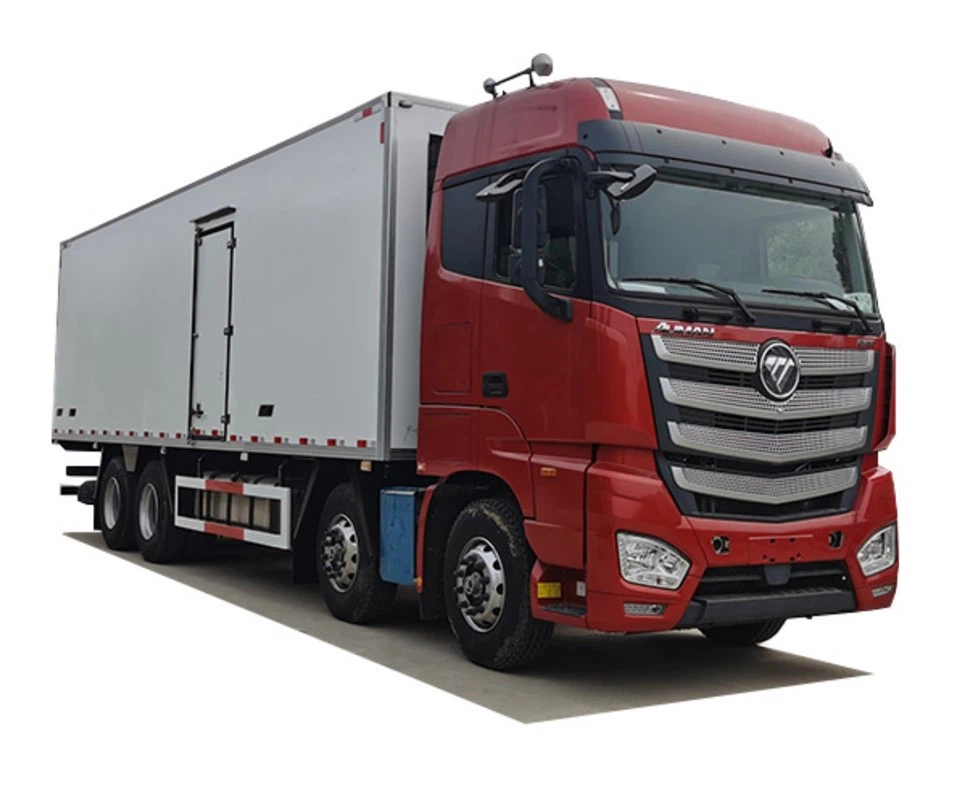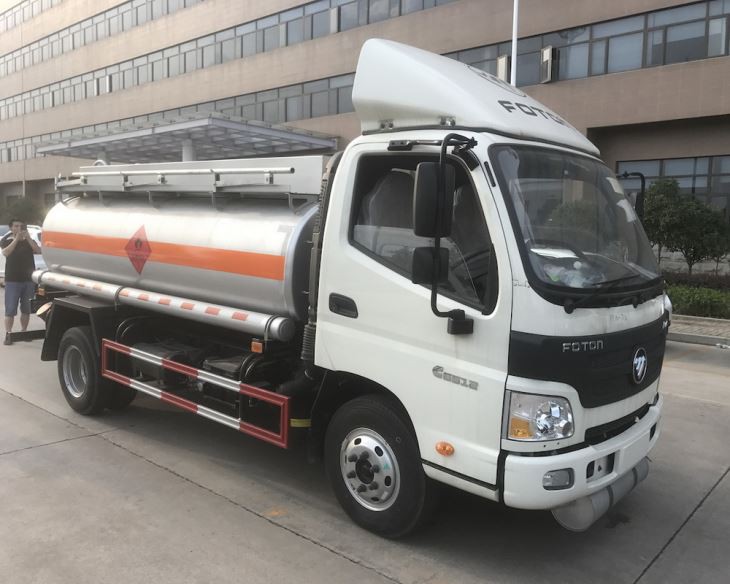Understanding Garbage Truck Size: Everything You Need to Know

The size of a garbage truck is a critical consideration for municipalities, waste management companies, and environmentally-conscious citizens alike. The dimensions, capacity, and operational efficiencies of these vehicles not only affect the effectiveness of waste collection but also have significant implications for urban planning and environmental sustainability. In this article, we will explore various aspects of garbage truck sizes, different types, their specifications, and what you need to consider when choosing the right garbage truck for your needs.
1. Types of Garbage Trucks
1.1 Front-Load Garbage Trucks
Commonly used for commercial waste collection, front-load garbage trucks feature front loaders that scoop waste directly from dumpsters. These trucks generally have a capacity ranging from 10 to 30 cubic yards, depending on their size.
1.2 Rear-Load Garbage Trucks
These trucks are designed for residential waste collection. With a rear-loading mechanism, workers collect waste by walking from house to house. Rear-load trucks typically have a capacity between 14 and 30 cubic yards.
1.3 Side-Load Garbage Trucks
Side-load garbage trucks utilize robotic arms to pick up bins from the side of the truck. These trucks are increasingly popular for their efficiency and safety. They usually offer capacities similar to rear-load trucks, ranging from 20 to 30 cubic yards.
1.4 Automated Garbage Trucks
Automated garbage trucks are equipped with advanced technology that allows them to operate with minimal human intervention. This includes sensors and cameras that assist in route optimization and safety. Their capacity can range from 18 to 32 cubic yards.
2. Garbage Truck Size Specifications
2.1 Dimensions
The physical dimensions of garbage trucks can vary significantly. Standard dimensions generally include:
| Type of Truck | Length (ft) | Width (ft) | Height (ft) |
|---|---|---|---|
| Front-Load | 20-30 | 8-10 | 10-12 |
| Rear-Load | 22-30 | 8-10 | 11-13 |
| Side-Load | 22-30 | 8-10 | 11-13 |
| Automated | 22-30 | 8-10 | 11-14 |
2.2 Capacity
Garbage truck capacity is measured in cubic yards, reflecting the volume of waste the truck can handle. This capacity is crucial for efficiency and cost-effectiveness. A higher volume allows for fewer trips to a landfill, reducing fuel costs and environmental impact.
3. Choosing the Right Garbage Truck Size
3.1 Assessing Waste Volume
Before selecting a garbage truck, it’s essential to assess the expected waste volume. Conduct a waste audit to determine daily, weekly, or monthly collection needs. For instance, commercial properties usually generate higher waste volumes than residential properties.
3.2 Urban vs. Rural Settings

Trucks operated in urban settings should be smaller and more maneuverable due to narrow streets and increased congestion. In contrast, rural settings often have wider roads, allowing for larger truck sizes.
3.3 Local Regulations
Local laws and regulations can dictate optimal garbage truck sizes for route performance and environmental compliance. Always be aware of municipal guidelines when selecting a truck.
3.4 Budget Constraints
The cost of purchasing, maintaining, and operating a truck should factor into size selections. Often, larger trucks have higher initial costs but may be more economical in the long run due to reduced operational trips.
4. Operational Efficiency and Impact
4.1 Impact of Size on Fuel Efficiency
A larger truck that can hold more waste may ultimately be more fuel-efficient because it requires fewer trips. However, size can also contribute to increased fuel consumption if the truck is too large for the route, leading to operational inefficiencies.
4.2 Route Optimization
Using sophisticated routing software can improve efficiency by reducing travel distances and time. Proper scheduling can help manage the size and capacity of the truck used for daily routes, leading to better overall productivity.
4.3 Maintenance Costs
Larger trucks generally have higher maintenance costs due to their complexity and usage. Regular maintenance will help mitigate unexpected breakdowns and significantly lower long-term costs, regardless of truck size.
5. Environmental Considerations
5.1 Emissions Standards
Many regions have strict emissions standards that garbage trucks must meet. Choosing a truck that meets or exceeds these standards not only contributes positively to the environment but helps avoid costly penalties.
5.2 Sustainability Practices
Incorporating eco-friendly practices, such as using biofuels or hybrid electric trucks, plays a significant role in reducing the carbon footprint of garbage collection services.
6. Case Studies and Practical Examples
6.1 Successful Implementation in City A
City A reduced their waste collection costs by 20% by switching from rear-load to side-load trucks, optimizing their operational routes efficiently tailored for higher-density neighborhoods.
6.2 Example of a Rural Setting
In a rural area, a local waste management company successfully utilized a larger, automated truck, reducing trips to the landfill. They reported a 15% reduction in fuel costs over the course of a year.
7. Common Challenges in Garbage Truck Sizing
7.1 Overcapacity Risks
Choosing a garbage truck that is too large can lead to fines and safety issues. Trucks exceeding load limits may risk damaging roads and infrastructure.
7.2 Underutilization
A truck that is too small for the task can lead to wasted time and resources, requiring frequent trips to the landfill. It’s essential to balance size and capacity to meet specific needs effectively.
8. Future Trends in Garbage Truck Design
8.1 Technology Integration

The future of garbage trucks lies in smart technology, with vehicles equipped to provide real-time data for collection routes, efficiency, and tracking. This can enable better decision-making for operational management.
8.2 Electric and Hybrid Trucks
As environmental awareness grows, electric and hybrid garbage trucks are becoming increasingly viable. These alternatives promise lower emissions and reduced operating costs.
9. Frequently Asked Questions (FAQ)
9.1 What is the average size of a garbage truck?
The average garbage truck size can vary, but most fall between 24 and 30 cubic yards in capacity.
9.2 How do I choose the right garbage truck size for my community?
To choose the right size, consider waste volume, local regulations, and urban or rural settings. Conducting a waste audit can provide valuable insights.

9.3 What are the benefits of using side-load trucks?
Side-load trucks offer several benefits, including improved safety for collection workers, increased efficiency, and better fuel economy due to optimized routing.
9.4 Are larger garbage trucks more environmentally friendly?
Larger trucks can be more environmentally friendly if they reduce the number of trips to landfills, leading to lower fuel consumption. However, they must also adhere to emissions standards.
9.5 How often do garbage trucks need maintenance?
Garbage trucks need regular maintenance, typically every 3,000-5,000 miles, or as recommended by the manufacturer.
9.6 What are the costs associated with owning a garbage truck?
Ownership costs can include purchase price, fuel, maintenance, insurance, and compliance with local regulations. It’s essential to analyze the total cost of ownership before making decisions.
